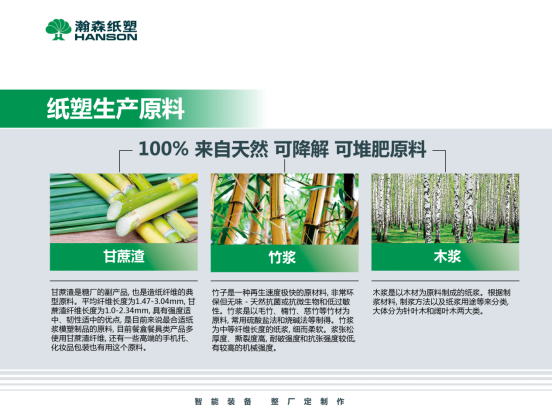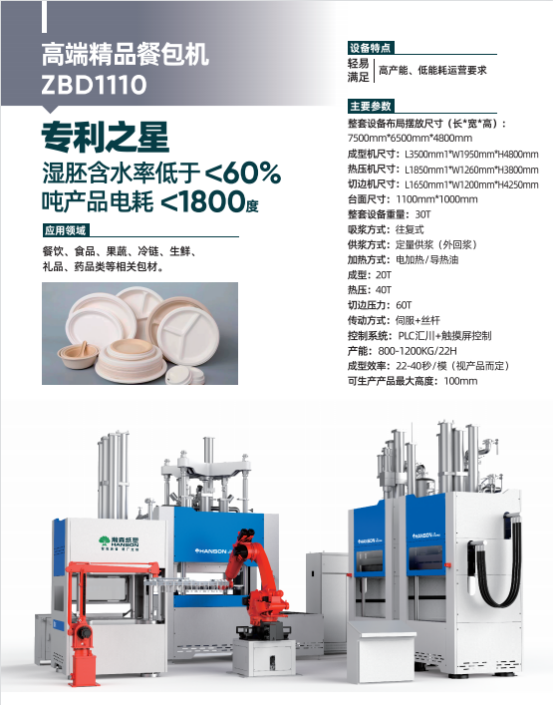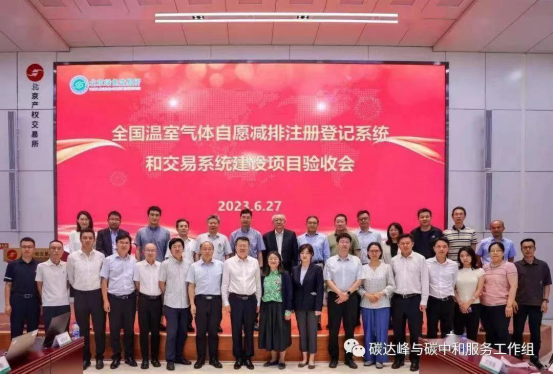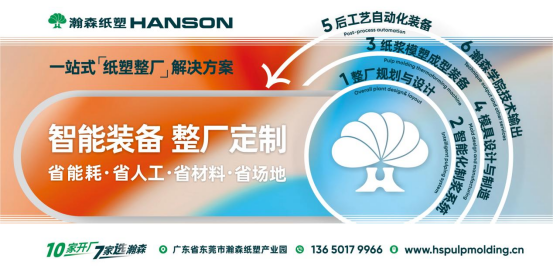In recent years, with the increasing awareness of global environmental protection, carbon neutrality has become the focus of attention of the international community. The pulp molding industry also faces great challenges and opportunities. Let’s take a look at the current situation of China’s pulp molding industry. Pulp molding is an environmentally friendly production method. It uses paper, cardboard, and plant fibers as raw materials to make various paper packaging products through a series of processing techniques. This manufacturing method can not only effectively utilize waste resources, but also reduce environmental pollution. Therefore, the pulp molding industry has developed rapidly in China and has become an important force in promoting the development of the green packaging industry.

With the proposal of carbon neutralization of carbon peaks, the pulp molding industry is also facing a series of challenges. First of all, the introduction of Carbon Dafeng’s carbon neutral policy has put forward higher requirements for the development of the pulp molding industry. The industry needs to strengthen carbon emission reduction work and promote the transformation and upgrading of production methods. This is a big challenge for pulp molding companies with relatively lagging traditional techniques and equipment. Secondly, under the background of carbon neutrality, the pulp molding industry needs to cope with the pressure of rising raw material costs. With the improvement of environmental protection awareness, the demand for raw materials will increase, and its supply may not be able to keep up in time. This will lead to an increase in raw material prices, which in turn will affect the production cost and competitiveness of the pulp molding industry. Finally, the goal of carbon neutrality at peak carbon requires the industry to improve energy efficiency and reduce carbon emissions. However, the pulp molding industry still has certain problems in terms of energy utilization, such as high energy consumption and large emissions. This requires the industry to increase technology research and development and innovation, and improve the level of equipment to meet the needs of carbon peak carbon neutrality.

While carbon peaking carbon neutrality presents a number of challenges to the pulp molding industry, it also presents enormous opportunities. First of all, the support of carbon peak carbon neutral policy will promote the pulp molding industry to accelerate the green transformation. The government will provide policy support and financial subsidies to encourage enterprises to carry out technological transformation and improve the level of environmental protection. This will bring new opportunities and impetus to the development of the industry. Secondly, under the background of carbon peak carbon neutrality, the pulp molding industry will usher in an increase in market demand. With the increasing awareness of environmental protection, consumers’ demand for green packaging will continue to increase, which will drive the market demand of the pulp molding industry to expand. At the same time, the environmental protection characteristics of the pulp molding industry will become an important part of the company’s competitive advantage. Again, under the background of carbon neutralization of carbon peak, the pulp molding industry has the opportunity to cooperate with other industries to achieve mutual benefit and win-win results. For example, cooperation with the recycled paper industry will be able to improve the stability of raw material supply for pulp molding, reduce production costs, and improve corporate competitiveness.

To sum up, under the background of carbon neutrality, the pulp molding industry is facing a situation where challenges and opportunities coexist. The industry needs to increase technology research and development and innovation, strengthen carbon emission reduction, optimize energy utilization, and improve environmental protection. At the same time, the government should increase policy support and provide financial subsidies to help the pulp molding industry achieve a green transformation. Only by giving full play to the role of policy support, the pulp molding industry can adapt to the needs of carbon neutrality and meet the opportunities of future development.




